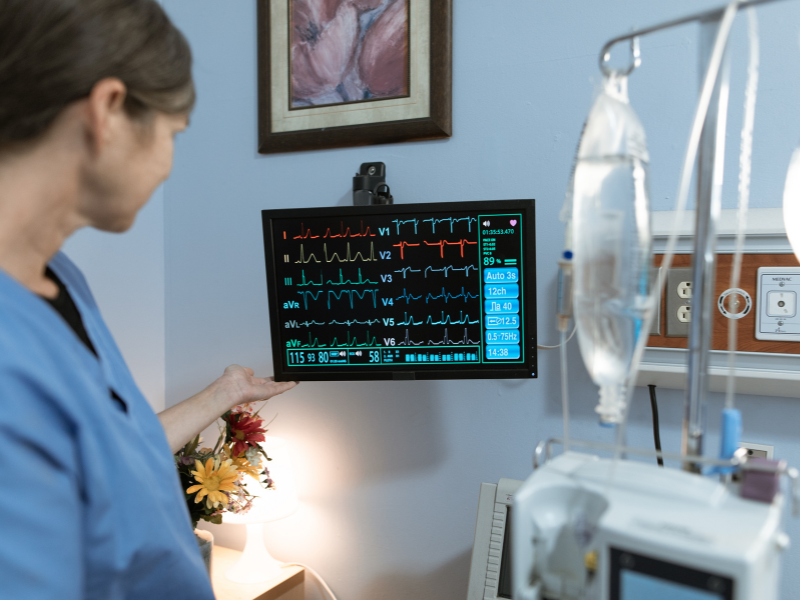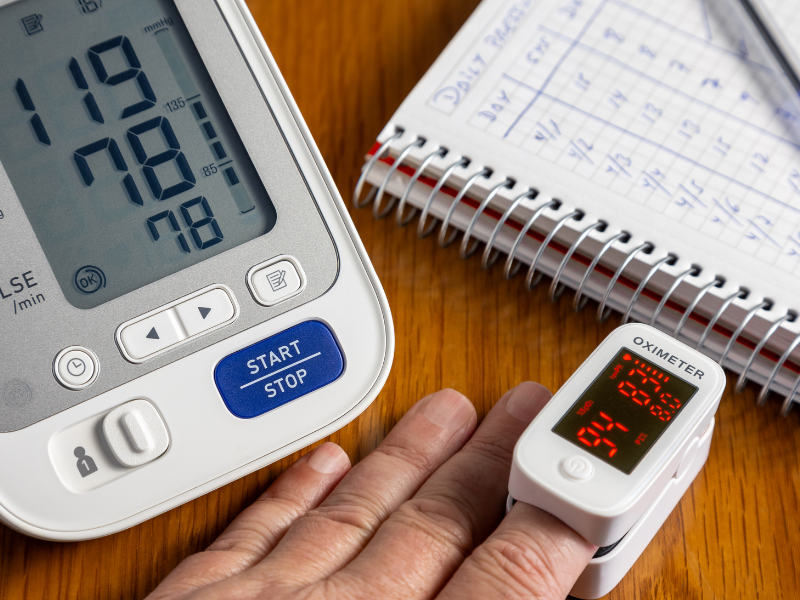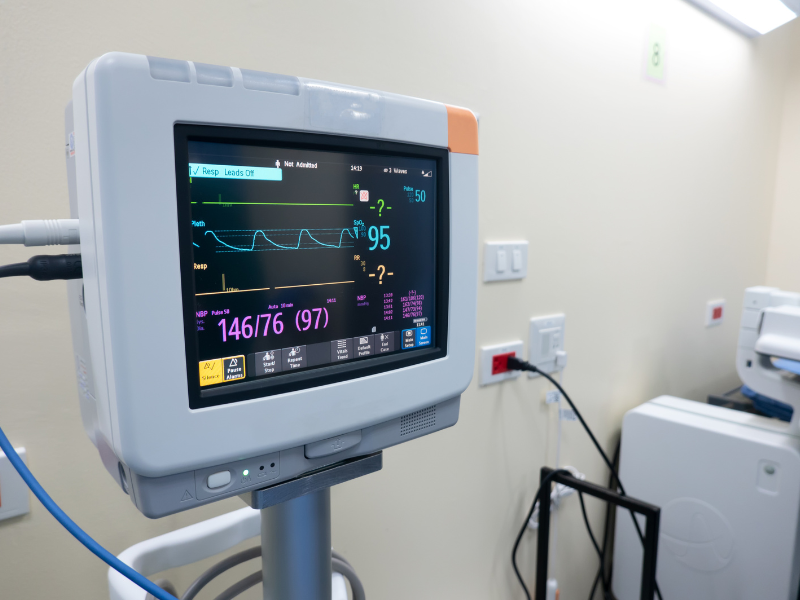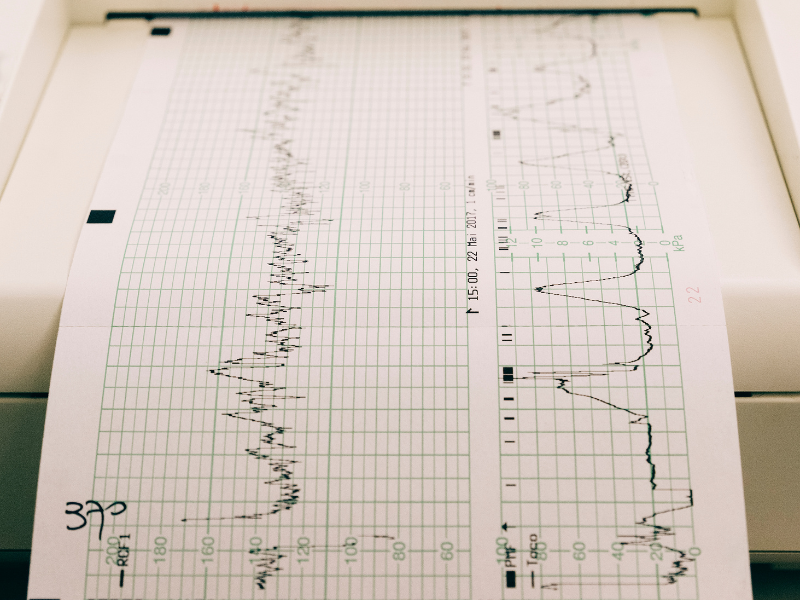In today’s healthcare, technology is transforming patient care. One major advancement is remote patient monitoring (RPM), which allows doctors to track a patient’s health remotely. A growing trend in RPM is the use of remote patient monitoring devices. These devices monitor more than just physical health—they also track emotional factors like stress and anxiety, which can impact overall well-being.
At Syracuse Biomedical Services, LLC, we believe in holistic care. By incorporating emotional health into remote patient monitoring devices, healthcare providers can offer more comprehensive and effective treatment. This guide explores what these devices are, how they work, and how they benefit both doctors and patients.
What is a Patients Monitoring Device?

A patient monitoring device tracks emotions like stress, frustration, or anxiety, along with vital signs like heart rate and blood pressure. These devices use sensors to detect changes in heart rate, skin temperature, or facial expressions—indicators of stress or calm.
By monitoring a patient’s emotions in real time, doctors can identify issues early and intervene before they worsen. These devices integrate with other remote patient monitoring devices to provide a more complete view of a patient’s overall health.
Why Emotional Health Matters in Remote Patient Monitoring

Tracking physical health is important, but emotional health is just as crucial, especially for those with chronic conditions. Stress, anxiety, and other emotions can make physical health problems worse. For example, stress can raise blood pressure, increase heart rate, and make conditions like diabetes, asthma, and heart disease more dangerous.
That’s why integrating emotional health monitoring with remote patient monitoring devices is essential. By tracking both physical and emotional health, doctors can offer better care and early intervention.
Benefits of Emotional Health Monitoring
- Prevents Worsening of Chronic Conditions
Remote patient monitoring devices help detect emotional distress early, allowing doctors to manage conditions more effectively and prevent complications.
- Better Health Outcomes
When both emotional and physical health are monitored, patients often feel better overall. Managing emotions like stress can improve things like blood pressure, heart health, and sleep.
- Holistic Approach to Care
By combining emotional and physical health data, remote patient monitoring devices provide a complete picture of a patient’s well-being, leading to more personalized treatment.
By including emotional health in RPM systems, healthcare providers can help their patients in a more complete way, improving both mental and physical health.
How Do Patients Monitoring Devices Work?

Patients monitoring devices track a patient’s emotions and provide healthcare providers with valuable data to improve care. These devices integrate with remote patient monitoring devices to offer a complete view of a patient’s well-being.
1. 24/7 Data Collection
These devices track emotions all day and night. This constant data helps healthcare providers see how a patient’s emotions change over time and act quickly if needed.
2. Instant Alerts
If a patient experiences a sudden spike in stress or anxiety, the device sends an alert to the healthcare provider. This lets the provider take action right away to help the patient.
3. Comprehensive Health Tracking
Patients monitoring devices work with other RPM tools like heart rate monitors or blood pressure monitors. This gives healthcare providers a complete view of a patient’s physical and emotional health.
4. Data Insights and Reports
Many Patients monitoring devices come with tools that help doctors track emotional trends over time. These reports allow healthcare providers to adjust treatment plans based on what they see in the data.
By monitoring both emotional and physical health, these devices give doctors a full picture of a patient’s well-being, helping them make better decisions and provide more personalized care.
Key Features to Look for in Patients Monitoring Devices
When selecting a patients monitoring device, ensure it integrates well with remote patient monitoring devices and provides accurate, user-friendly tracking for both patients and healthcare providers.
- Non-Invasive Technology
The best devices are non-intrusive, meaning they don’t disrupt the patient’s daily activities. The device tracks emotional health in the background while the patient goes about their routine.
- Real-Time Monitoring
Real-time monitoring keeps healthcare providers updated on any changes in a patient’s emotional state. This allows doctors to act quickly if any distress is detected.
- Seamless Integration
Works with other remote patient monitoring devices, such as heart rate monitors and blood pressure cuffs, for a complete health view.
- User-Friendly
The device should be easy for patients to use, even if they’re not familiar with advanced technology. Simple and clear controls make it easier for patients to focus on their health.
- Comfortable and Wearable
Since emotional health is monitored regularly, the device should be comfortable to wear for long periods without causing discomfort or inconvenience.
Choosing a device with these features ensures patients will have a smooth and effective experience while healthcare providers get an accurate picture of the patient’s health.
The Advantages of Patients Monitoring Devices for Healthcare Providers

For healthcare providers, incorporating Patients monitoring devices into remote patient monitoring systems offers several advantages:
Comprehensive Health Data
Emotional health is just as important as physical health. By monitoring both, healthcare providers gain a more complete picture of a patient’s well-being, which leads to better care decisions.
Improved Decision-Making
Real-time access to emotional health data allows healthcare providers to make more informed decisions regarding a patient’s treatment. For example, if a patient is experiencing high levels of stress, a provider can adjust their treatment plan accordingly.
Early Interventions
Emotional distress can lead to physical health issues. With Patients monitoring devices, providers can detect signs of stress or anxiety early, allowing them to intervene before these issues worsen.
More Efficient Patient Care
Remote patient monitoring devices reduce the need for frequent in-person visits, saving time for both patients and providers.
How Patients Monitoring Devices Benefit Patients
From the patient’s perspective, the benefits of Patients monitoring devices are just as compelling:
Awareness of Emotional Health
Many patients are unaware of how stress or anxiety is affecting their health. By tracking their emotional responses, patients gain a deeper understanding of how mental health impacts their physical well-being.
Timely Support
With real-time monitoring, patients can feel reassured that their healthcare provider will notice any emotional distress and take action to help.
Customized Care Plans
With data from Patients monitoring devices, healthcare providers can create treatment plans that address both emotional and physical health, leading to more personalized care.
Empowerment and Control
Patients who track their emotional health have a greater sense of control over their well-being. They can take proactive steps to manage stress and improve their quality of life.
Popular Patients Monitoring Devices in RPM
There are a few notable Patients monitoring devices on the market today. Here are some of the top options that integrate well with remote patient monitoring systems:
- HeartMath Inner Balance
This device tracks heart rate variability (HRV) and provides real-time feedback to help patients manage stress and anxiety. It’s a popular choice for improving emotional resilience.
- Muse Headband
Using EEG sensors, the Muse Headband monitors brain activity and offers real-time biofeedback to help patients improve focus and reduce stress, making it ideal for emotional health monitoring.
- EmWave2
The EmWave2 device offers biofeedback training to help patients monitor their heart rate variability and improve emotional well-being.
- BioHarness by Zephyr Technology
The BioHarness device tracks multiple physiological metrics, including heart rate, respiration, and skin temperature, making it a great option for remote patient monitoring of both physical and emotional health.
Choosing the Right Patients Monitoring Device
When choosing the right Patients monitoring device for your practice, consider these important factors:
1. Accuracy
The device should provide reliable and precise data. Accurate information is essential for making the right decisions about patient care.
2. Ease of Use
Choose a device that is simple for patients to use, especially if they aren’t familiar with technology. It should have easy controls and clear instructions.
3. Compatibility
Make sure the device works well with other remote patient monitoring (RPM) tools, like blood pressure monitors or heart rate trackers. This helps track both emotional and physical health together.
4. Patient Comfort
The device should be comfortable for patients to wear throughout the day without causing discomfort or inconvenience.
5. Affordability
Look for a device that offers reliable results at a price that fits within your budget.
By focusing on these factors—accuracy, ease of use, compatibility, comfort, and affordability—you can choose the best Patients monitoring device for your practice and provide better care for your patients.
Conclusion
As remote patient monitoring grows, Patients monitoring devices are becoming important in patient care. These devices help doctors see how patients are feeling emotionally, so they can give better care and catch problems early. By adding emotional health checks to RPM systems, doctors can help patients more and give treatments that work better.
At Syracuse Biomedical Services, LLC, we offer advanced RPM solutions, including Patients monitoring devices, to help you take care of patients in a complete way. Check out our devices today and improve your patients’ health—both mentally and physically.

